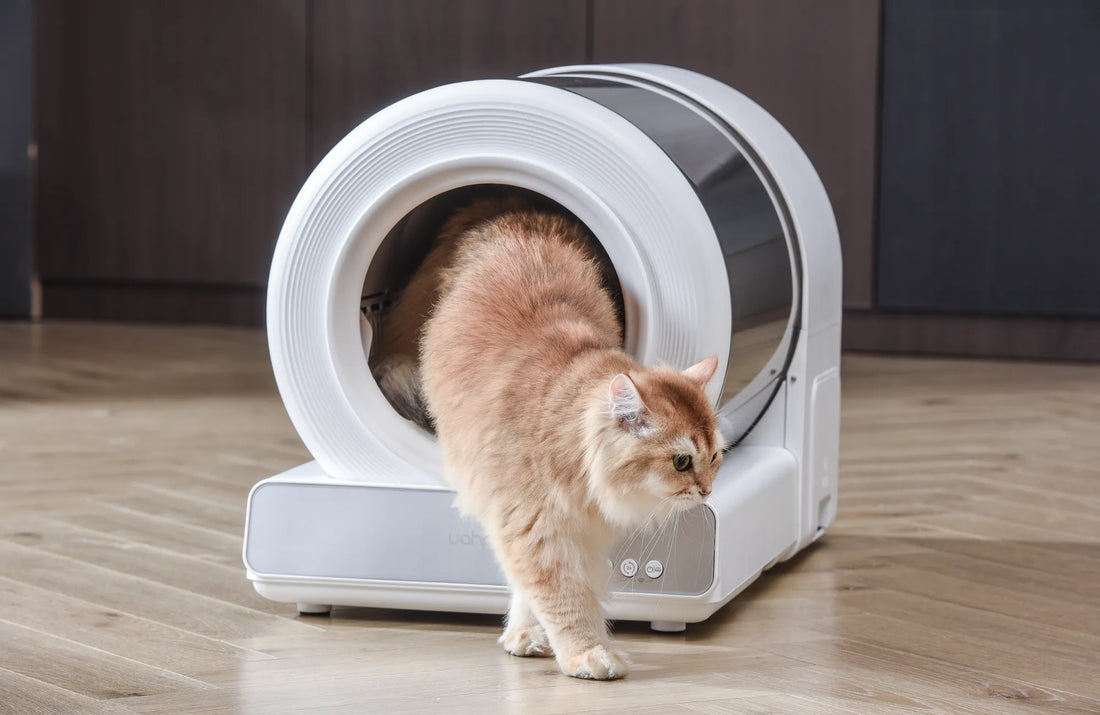If you've noticed your cat digging in the litter box but not peeing, you're not alone. This behavior can be puzzling and concerning for cat owners. While it might seem like a minor issue, it could indicate underlying problems that need attention. Understanding the reasons behind this behavior and knowing how to address it can help ensure your feline friend stays healthy and happy.
Why Is My Cat Digging in the Litter Box Without Peeing?
Cats are creatures of habit, and their litter box behavior can reveal a lot about their physical and emotional state. Here are some common reasons why your cat might be digging in the litter box but not peeing:
1. Marking Territory
Cats are territorial animals, and digging in the litter box can be a way for them to mark their territory. Even if they don't urinate, the act of digging can leave their scent behind, signaling to other cats that the area is claimed.
2. Stress or Anxiety
Stress and anxiety can lead to unusual behaviors in cats, including digging in the litter box without peeing. Changes in the household, such as moving to a new home, introducing a new pet, or even rearranging furniture, can trigger stress in cats.
3. Litter Box Preferences
Cats can be picky about their litter box. If the litter is too deep, too shallow, or has an unfamiliar texture, your cat might dig excessively without actually using the box. Similarly, a dirty or poorly placed litter box can deter your cat from peeing.
4. Medical Issues
Digging in the litter box without peeing could be a sign of a medical problem. Conditions such as urinary tract infections, bladder stones, or kidney issues can make it painful or difficult for your cat to urinate. If you notice this behavior, it's essential to consult your veterinarian.
How to Address the Issue
Once you've identified the possible cause of your cat's behavior, you can take steps to address it. Here are some practical solutions:
1. Provide a Stress-Free Environment
If stress or anxiety is the culprit, creating a calm and secure environment can help. Provide your cat with hiding spots, vertical spaces, and plenty of enrichment activities. Additionally, using pheromone diffusers can help reduce stress levels.
2. Evaluate the Litter Box
Ensure that the litter box meets your cat's preferences. Experiment with different types of litter to find one that your cat likes. Keep the litter box clean and place it in a quiet, accessible location. If you have multiple cats, provide one litter box per cat plus an extra one.
3. Monitor for Medical Issues
If you suspect a medical problem, schedule a visit to the veterinarian. Early diagnosis and treatment can prevent more serious health issues. Your vet may recommend diagnostic tests, such as urinalysis or imaging, to identify the underlying cause.
4. Encourage Proper Litter Box Use
Positive reinforcement can encourage your cat to use the litter box correctly. Reward your cat with treats or praise when they use the box appropriately. Avoid punishing your cat for accidents, as this can increase stress and worsen the problem.
When to Seek Professional Help
While some cases of digging in the litter box without peeing can be resolved with simple changes, others may require professional intervention. If your cat continues to exhibit this behavior despite your efforts, or if you notice additional symptoms such as lethargy, loss of appetite, or blood in the urine, seek veterinary care immediately.
Understanding your cat's behavior and addressing the root cause can make a significant difference in their well-being. By providing a comfortable environment, monitoring their health, and making necessary adjustments, you can help your cat feel secure and content. Remember, a happy cat is a healthy cat, and taking the time to address their needs is well worth the effort.

![[🎃Halloween Sale]UAHPET Stainless Steel Self-Cleaning Cat Litter Box](http://www.uahpet.com/cdn/shop/files/1-cat-litter-box.jpg?v=1761890851&width=1600)












